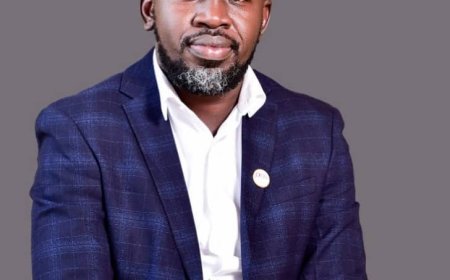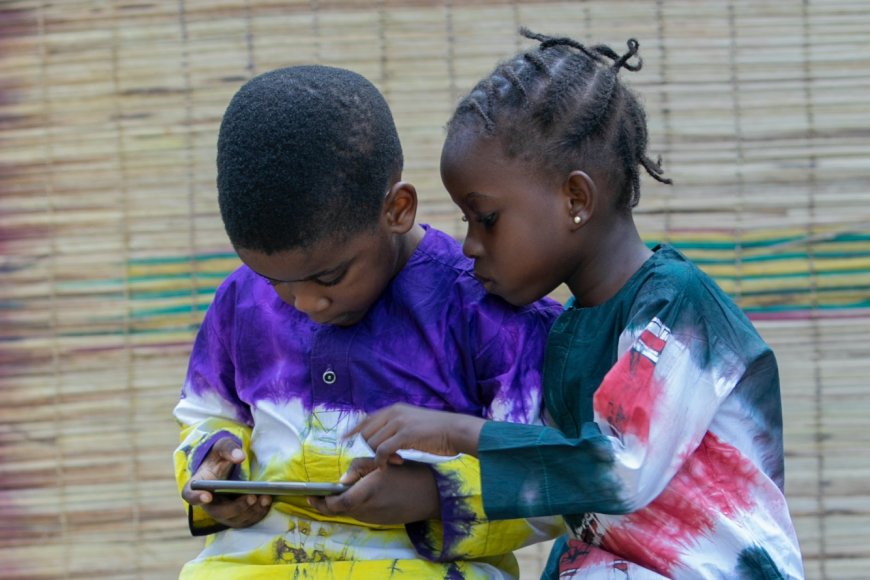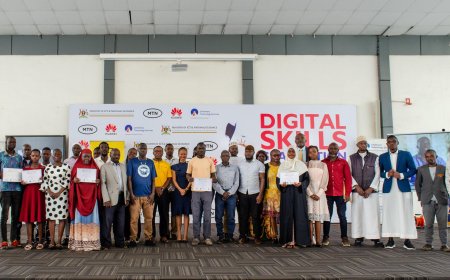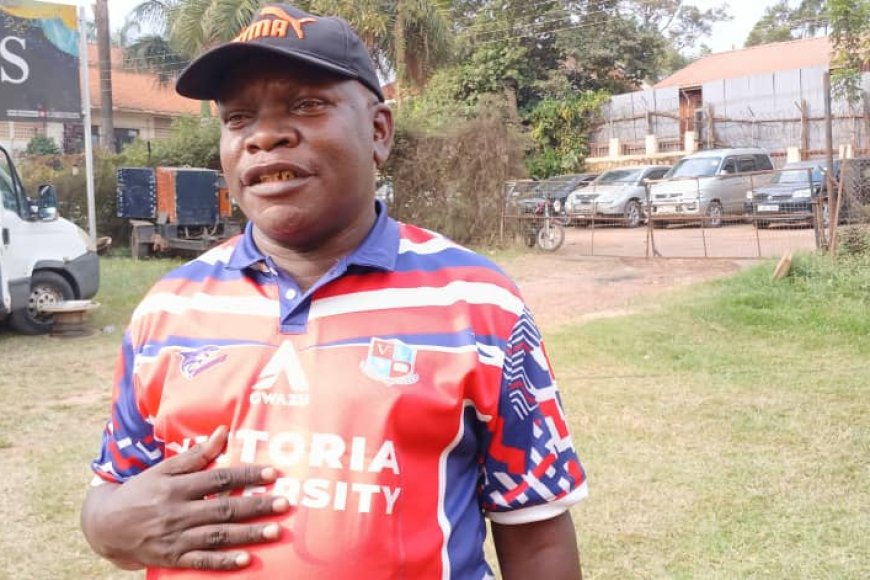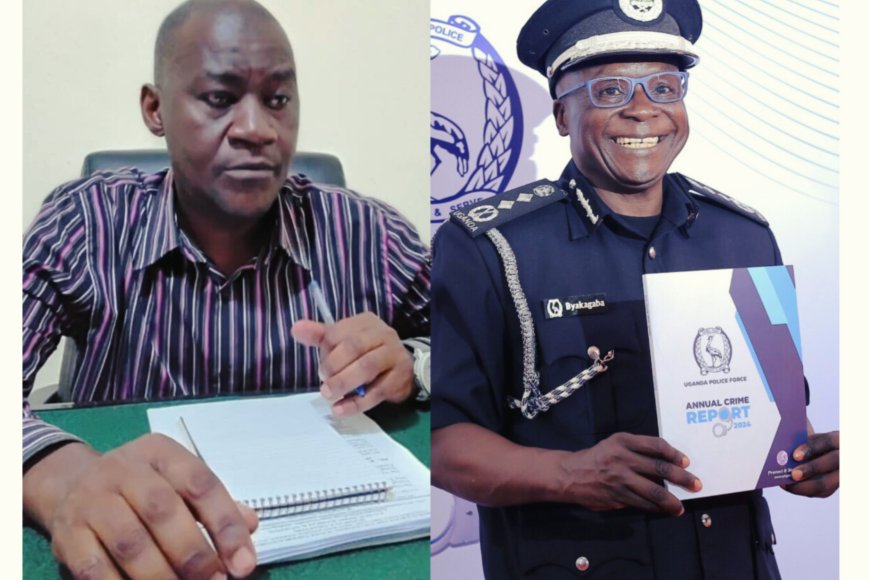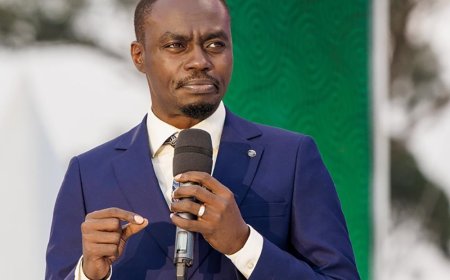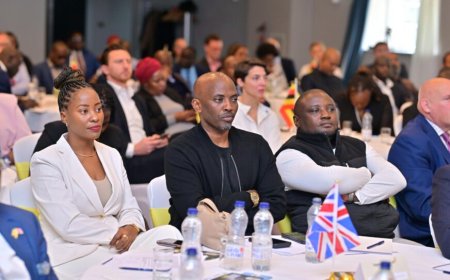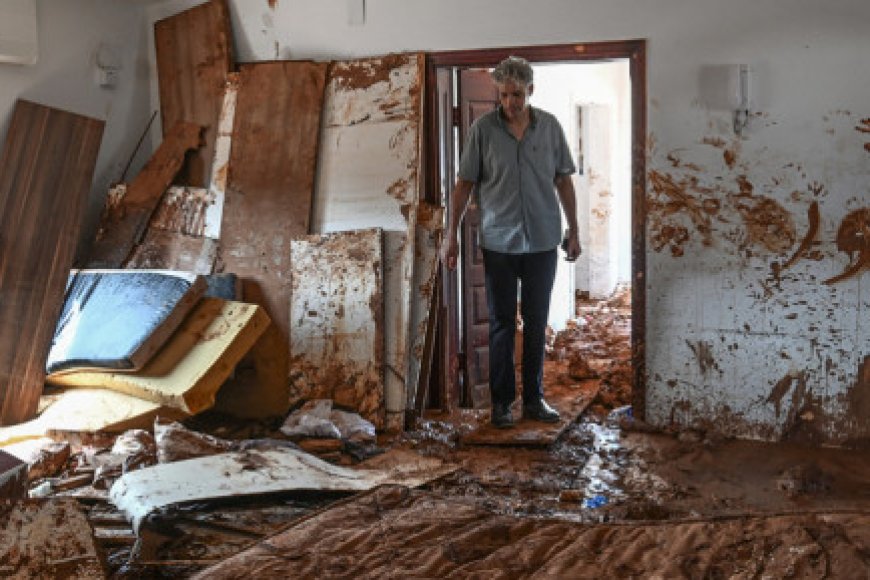PS Kumumanya Launches State-of-the-Art Dairy Facility in Buwana, Nakaseke District
The Buwana milk collection center stands as a symbol of the government’s deliberate efforts to promote rural livelihoods, especially in agriculture. It is part of a broader strategy under the LEGS Project, a flagship initiative by the Ministry of Local Government targeting over 20 districts in Uganda to enhance local economies through agriculture-based enterprise support.
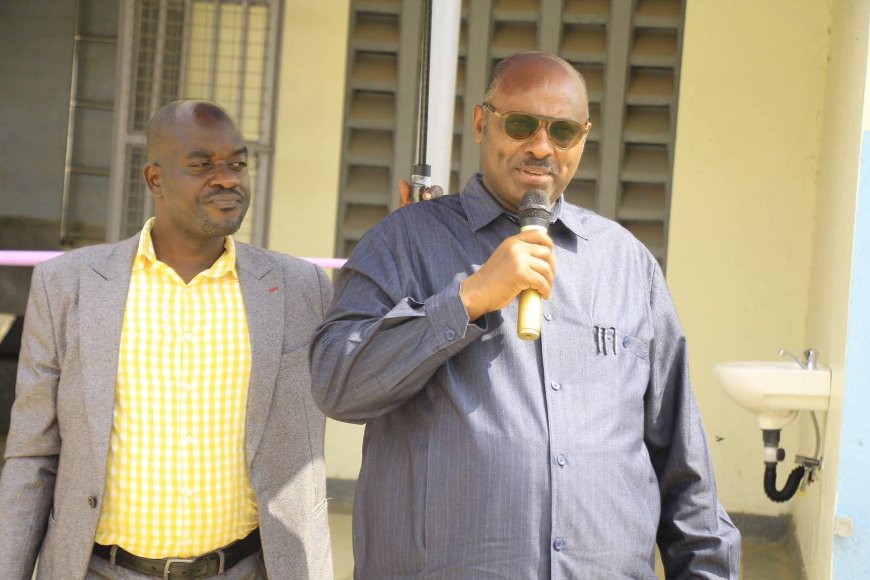
In a major step toward rural economic empowerment, the Permanent Secretary of the Ministry of Local Government, Mr. Ben Kumumanya, has officially handed over a newly constructed and fully equipped milk collection center to the residents of Buwana, Kinyogoga Sub-county in Nakaseke District. The facility, funded under the Local Economic Growth Support (LEGS) Project with backing from the Islamic Development Bank (IsDB), aims to revolutionize dairy farming in the region by improving milk handling, quality, and market access.

The Buwana milk collection center stands as a symbol of the government’s deliberate efforts to promote rural livelihoods, especially in agriculture. It is part of a broader strategy under the LEGS Project, a flagship initiative by the Ministry of Local Government targeting over 20 districts in Uganda to enhance local economies through agriculture-based enterprise support.
Speaking at the handover ceremony, PS Ben Kumumanya reaffirmed the government’s dedication to infrastructure that empowers smallholder farmers:
“This milk collection center is not just a structure. It represents opportunity—a chance to improve household incomes, reduce post-harvest losses, and build a sustainable rural economy anchored on dairy farming,” he said.

Facility Features: Hygiene, Efficiency, and Market Linkage
The newly completed center is equipped with modern cold storage units, stainless steel milk tanks, and hygienic handling tools. For years, dairy farmers in Nakaseke have grappled with milk spoilage due to inadequate storage and delayed market deliveries. The facility addresses these challenges by:
Ensuring hygienic and standardized milk storage;
Minimizing milk losses due to spoilage;
Reducing long travel distances to urban markets;
Linking smallholder farmers to regional buyers and processors;
Encouraging scaling of dairy operations.
The cooling systems will allow farmers to preserve milk for longer durations, opening doors to bulk sales and better prices from large-scale buyers.
The event was graced by district leaders, farmers’ groups, technical officers, and representatives from the LEGS Project. The Nakaseke District Chairperson hailed the development, noting that the center would boost investor confidence in the local dairy sector and offer a reliable income stream for farming households.
Ms. Rose Nantale, a dairy farmer from Kinyogoga, expressed heartfelt appreciation:
“Before this, we lost litres of milk every day. It was painful watching our efforts go to waste. This facility is a lifeline. We now see a future in dairy farming,” she shared.
The LEGS Project: Driving Grassroots Economic Change
Launched with support from the Islamic Development Bank, the LEGS Project is designed to overcome barriers to local economic development in rural Uganda. Its focus areas include:
Construction of market and agro-processing infrastructure;
Development of value addition facilities such as milk coolers and produce warehouses;
Improvement of rural access roads to ease transport of agricultural goods;
Promotion of community enterprise incubation and skills development, especially for youth and women.
Nakaseke’s selection as a beneficiary district stems from its vibrant agricultural potential and strategic position in Uganda’s central cattle corridor.
While celebrating the facility’s completion, Mr. Kumumanya reminded residents that ownership and sustainability are the next big tasks.
“Let us not abandon this center to neglect. It is now our responsibility to manage it effectively. Local cooperatives and district leaders must ensure transparent operations and maintenance,” he urged.
He emphasized the need for farmer groups and dairy cooperatives to take a central role in running the facility, including mobilizing resources for repairs and operational costs, to prevent dependency on government support for sustainability.
The handing over of the Buwana Milk Collection Center is not just an infrastructural milestone—it is a bold statement about inclusive and sustainable rural development. It reflects Uganda’s broader vision of strengthening local economies through strategic investments in agriculture, value chains, and enterprise incubation.
As Nakaseke’s dairy farmers begin to utilize this facility, the rest of rural Uganda can look to Buwana as a model for how public investment, international partnerships, and community engagement can transform livelihoods and build resilience in the agriculture sector.













